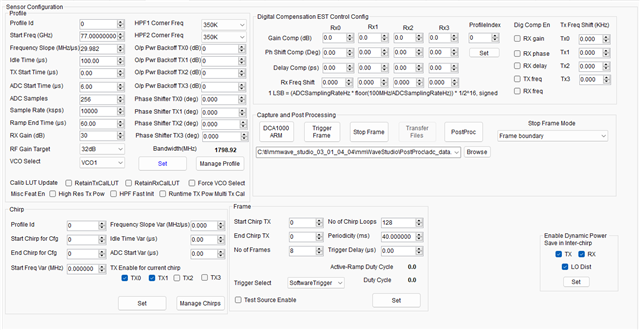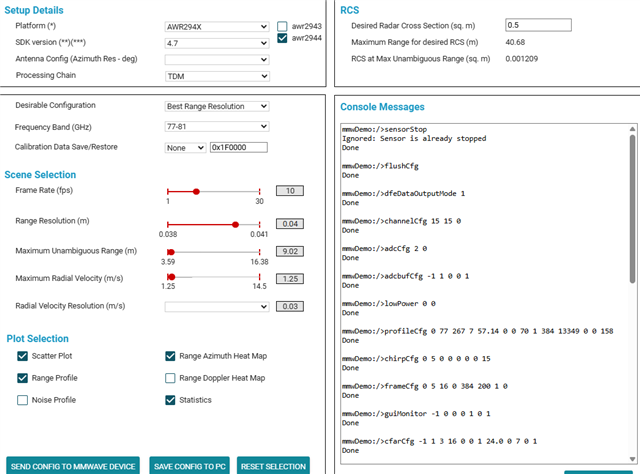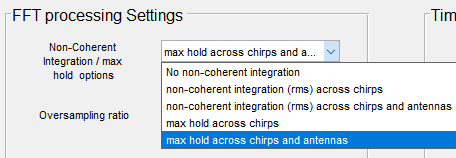Tool/software:
Hi Experts,
We'd like to ask assistance on this query from customer using AWR2944EVM:
My question is about the AWR2944EVM radar board. I've tested it with the Demo Visualizer and observed quite good azimuth resolution. The Range-Azimuth HeatMap clearly shows an object detected in the correct position, as seen in this image:
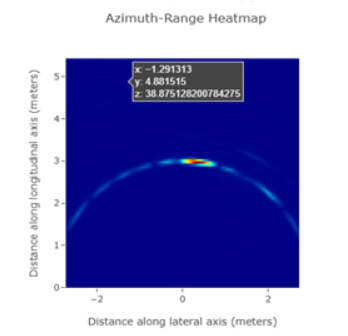
However, I've tried to achieve similar results using mmWave Studio, also connecting the DCA1000 board, but the azimuth resolution is practically nonexistent. The radar doesn't distinguish between two objects at the same distance, even if they are separated by a fairly large angle (around 60 degrees or more). As shown in this other photo , when an object is placed directly in front of the radar, it occupies a semicircle in the Range-Angle Plot of mmWave Studio, instead of yielding a result similar to the first example.
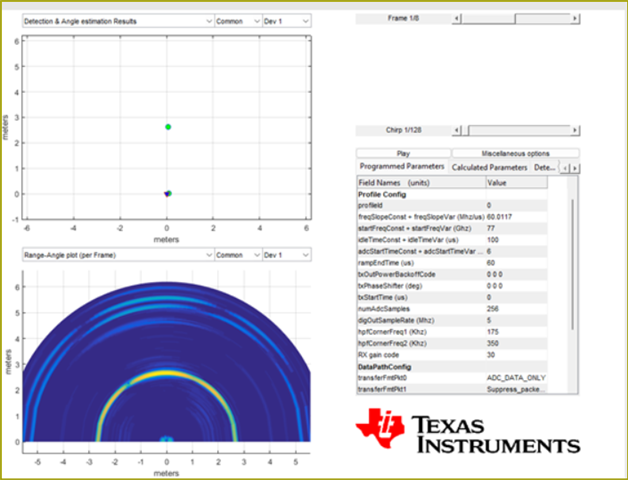
...
Could you please advise me on which parameters I need to change in mmWave Studio, or what other method I can use to achieve a similar result to the one obtained with the Demo's graph? My goal is to improve the radar's azimuth resolution.
Looking forward to your response, thank you very much.
Regards,
Archie A.


